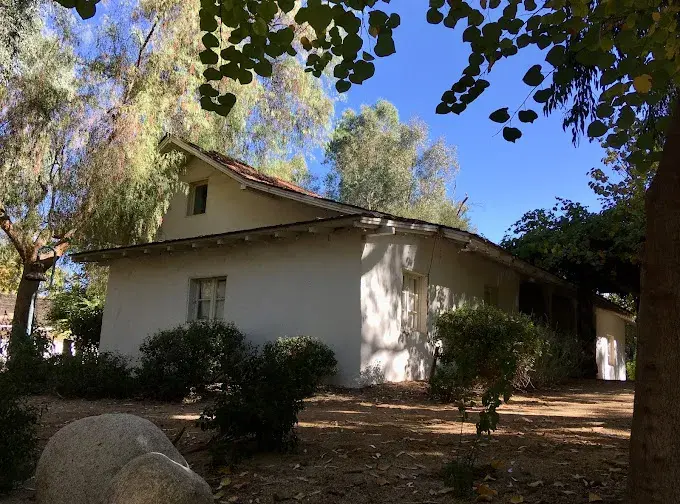
The Reyes Adobe Historical Site in Agoura Hills, CA, stands as a testament to the enduring legacy of 19th-century Californian ranch life, offering a compelling exploration of its cultural and historical significance. Nestled in the heart of the region, this meticulously preserved adobe estate encapsulates the era with its original structures and indigenous gardens, each element echoing the daily lives of its former inhabitants. Visitors to the site gain invaluable insights into the architectural and ecological wisdom of the period, grounded in the use of local materials and native plant species. As we consider the lessons this site holds for contemporary sustainability practices, one might ponder how such historical perspectives can inform our current approaches to environmental challenges and architectural design.
Exploring the Adobe Grounds in Agoura Hills, CA
The grounds of Reyes Adobe Historical Site offer visitors a meticulously preserved glimpse into 19th-century Californian ranch life, featuring original structures and lush gardens that encapsulate the era’s architectural and horticultural practices.
As one walks through the property, the adobe buildings stand as silent yet eloquent testaments to the craftsmanship and environmental adaptation of early Californian settlers. The thick adobe walls, characteristic of this period, provided insulation against the coastal heat and the occasional chill, truly a marvel of sustainable construction.
Surrounding these storied structures, the gardens are a vibrant tableau of native flora, painstakingly curated to represent the typical ranch landscape of the time. Here, one encounters a variety of plants that were essential to daily living, used not only for food but also for medicine and trade. Each plant tells a story of survival and utility, drawing visitors deeper into the historical experience.
This profound connection to the past is further amplified by the site’s commitment to authenticity and educational outreach, ensuring that every guest feels part of the ongoing narrative of California’s rich history.
Annual Events and Programs
Beyond exploring the historical structures and gardens, Reyes Adobe Historical Site enriches the visitor experience with a variety of annual events and educational programs. Each event is thoughtfully designed to provide a deeper understanding of the rich cultural heritage of the area and to foster a sense of community among attendees.
One of the site’s flagship events is the Reyes Adobe Days, held annually in October. This multi-day festival celebrates the history and culture of early California with a range of activities including historical reenactments, traditional music performances, and art exhibits. The event also features a parade, children’s activities, and guided tours of the adobe, making it a perfect outing for families and history enthusiasts alike.
Additionally, the site hosts various educational programs throughout the year aimed at both adults and children. These include workshops on traditional crafts, lectures on local history, and school field trip tours which align with state educational standards. Each program is designed to engage participants in the ongoing story of the Reyes Adobe, ensuring that this important piece of California’s past remains relevant and accessible to all.
Through these events and programs, the Reyes Adobe Historical Site not only educates but also builds a vibrant, inclusive community around a shared heritage.
In conclusion, the Reyes Adobe Historical Site in Agoura Hills serves as a crucial educational resource, offering profound insights into 19th-century Californian ranch life through its meticulously preserved adobe structures and indigenous gardens.
This site not only enriches contemporary knowledge of historical living conditions and environmental adaptations but also fosters appreciation for early architectural and horticultural ingenuity.
Encapsulating the essence of the past, it invites modern visitors to traverse the temporal divide, thereby enhancing understanding of California’s cultural and ecological heritage.